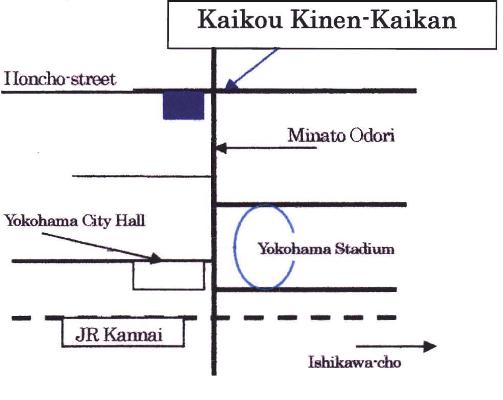MINAMI CIRCLE MARCH MEETING
2nd June 2009, will mark the 150th year of opening the port of Yokohama. As Yokohama prepares to celebrate this occasion, the Minami circle invited Dr. Haseo Haneda , President of the Kurofune Research Society, to share his knowledge of history of Yokohama with Minami Circle members on Friday March 13th at the Yokohama Port Opening Memorial Building.
Dr. Haneda, who is passionate historian and also an avid collector of woodblock prints (Ukioye), spoke about Yokohama before and after the opening of the Port through his Ukioye collection. He pointed out that as the port opened, many curious Ukioye publishers of Edo sent their popular artists to Yokohama to capture the moments in history. Therefore, Yokohama Ukioye has a special place in Japanese history as it is through these paintings we can easily understand the changes in Yokohama and lifestyles of the foreigners in Japan. These Ukioye are different from the traditional Japan Ukioye.

He showed us 50 Yokohama Ukioye, each one of them telling a special story of Yokohama’s evolution from a small fishing village to a bustling city for international community.
Before 1859, Yokohama was a small village with 87 households and famous for a shrine (Yokohama Benzaiten-sha ) located near the sea. In 1859, the Tokugawa government decided to open its port to 5 countries-namely USA, Russia, Britain, France, Netherlands. The Port opening brought interesting changes in Yokohama. It’s original residents were asked to move to the Motomura area (present Motomachi) and many important companies set up their offices near the port (present Kenmin hall/ Silk centre area).
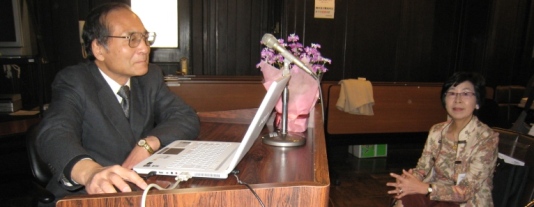
The foreigners brought with them their own culture, army and architecture therefore on the social side, seeing the new culture, fascinated many Japanese. But to make the settlement the government forced the dwellers to move to Motomura (present Motomachi). The Pleasure quarters located in the present Yokohama Stadium area became a popular attraction and a major meeting point for Japanese and non Japanese.
The details of these are beautifully shown in the different Ukioye. It was fascinating to see the silk traders pushing their carts, Chinese merchants with long pigtails, western style buildings, and French women in beautiful gowns all in the Nihon o dori area !

Dr. Haneda also threw light on characteristics of a good Ukioye. He mentioned the different seals on a good Ukioye-artist, publisher, title, date and censor seal.
Listening to him sitting in one of the historical landmarks (Yokohama Port Opening Memorial Building) in the heart of the city, we could easily relate to the famous areas he mentioned in his talk and feel a part of the history.
It was truly a great learning experience for all those who attended the meeting. I am sure all of us can now appreciate the Ukioye more than before. I feel lucky to be in Yokohama and celebrating 150 years of the opening of the port this year!
Thank you to Dr. Haneda for sparing his time and giving us this knowledge.
My appreciation to the Board for organising this event.
Report: Anju.B
 pictures: A.Motegi
pictures: A.Motegi
|

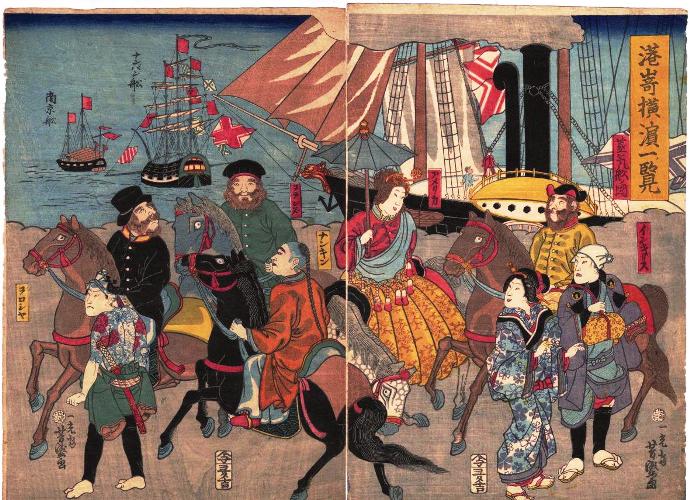



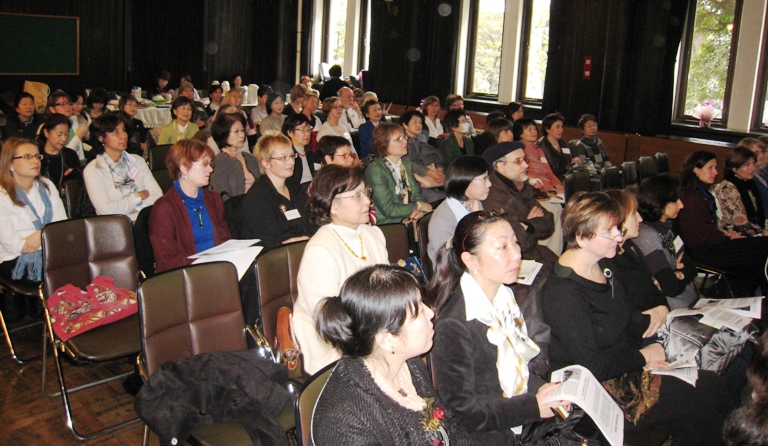

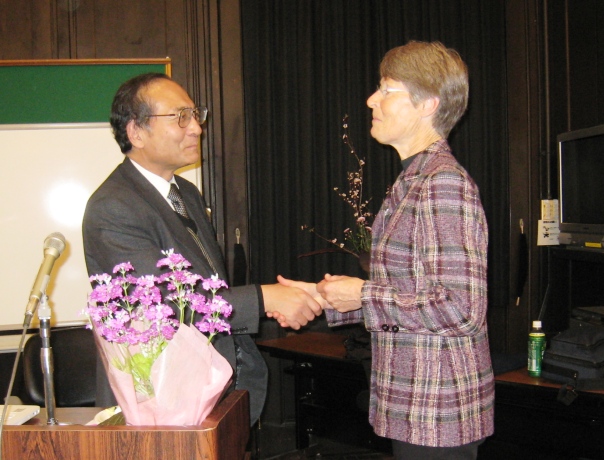
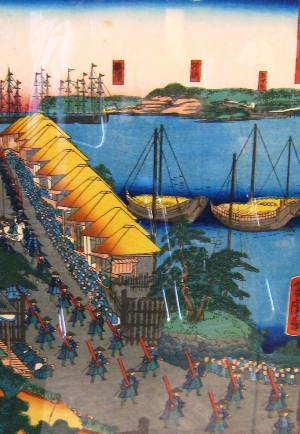
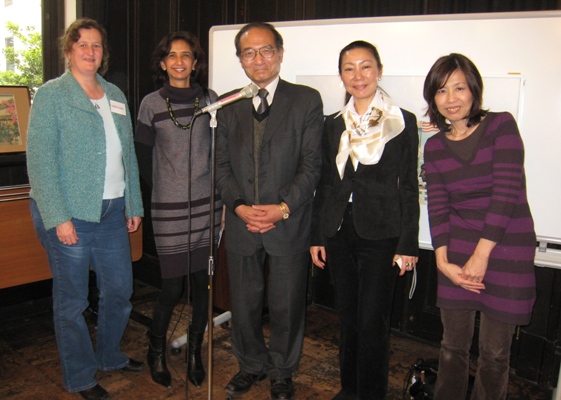

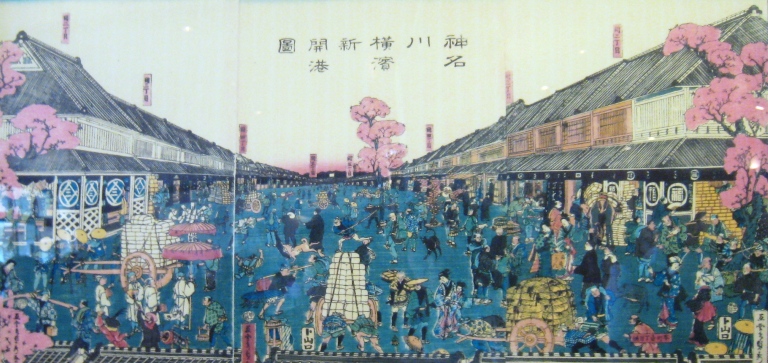
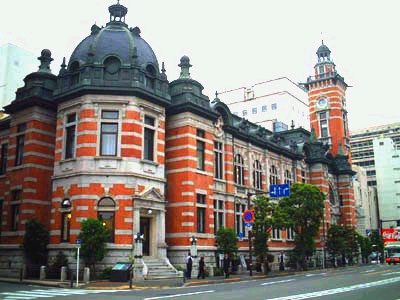
Yokohama now !


 pictures: A.Motegi
pictures: A.Motegi